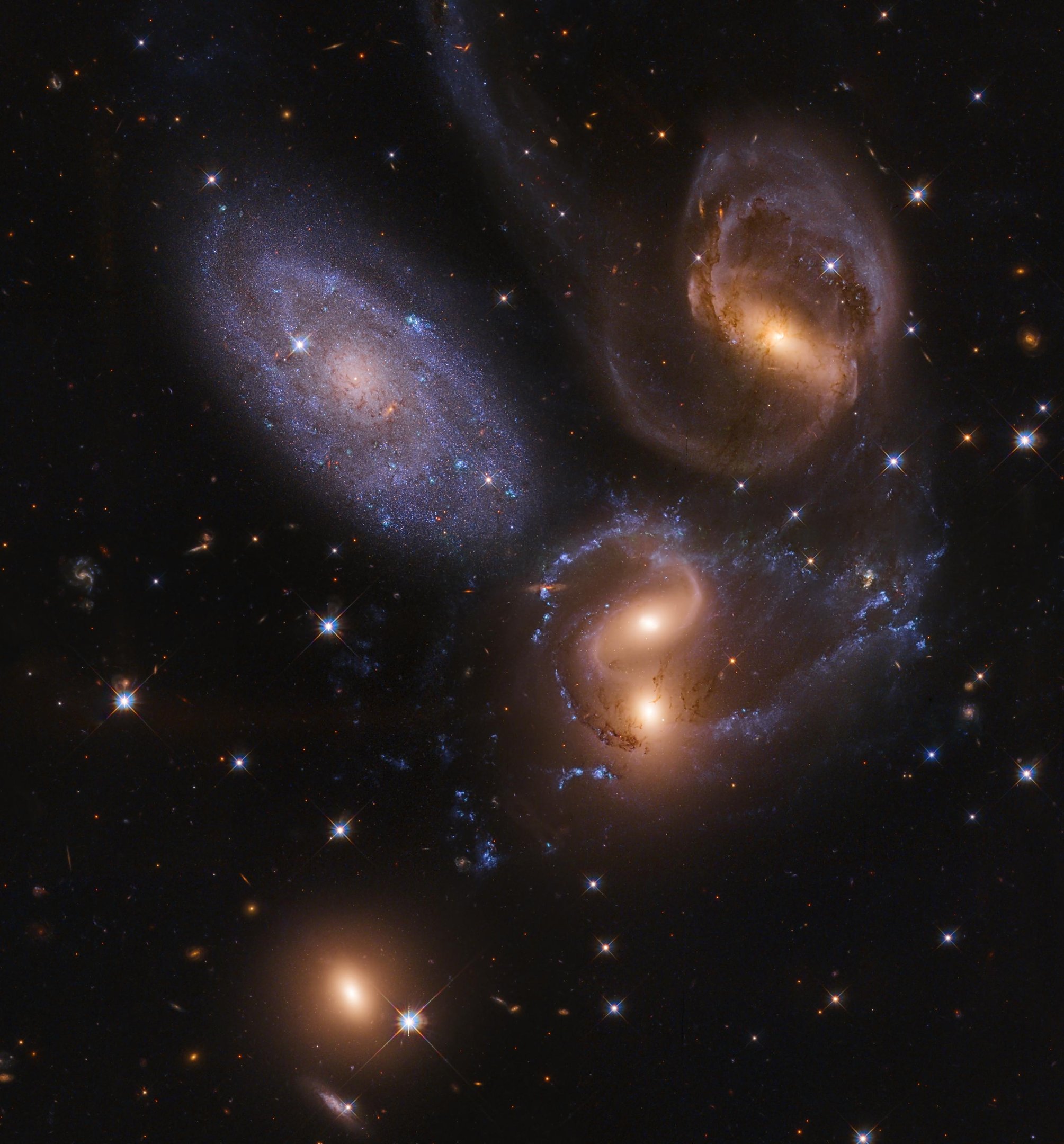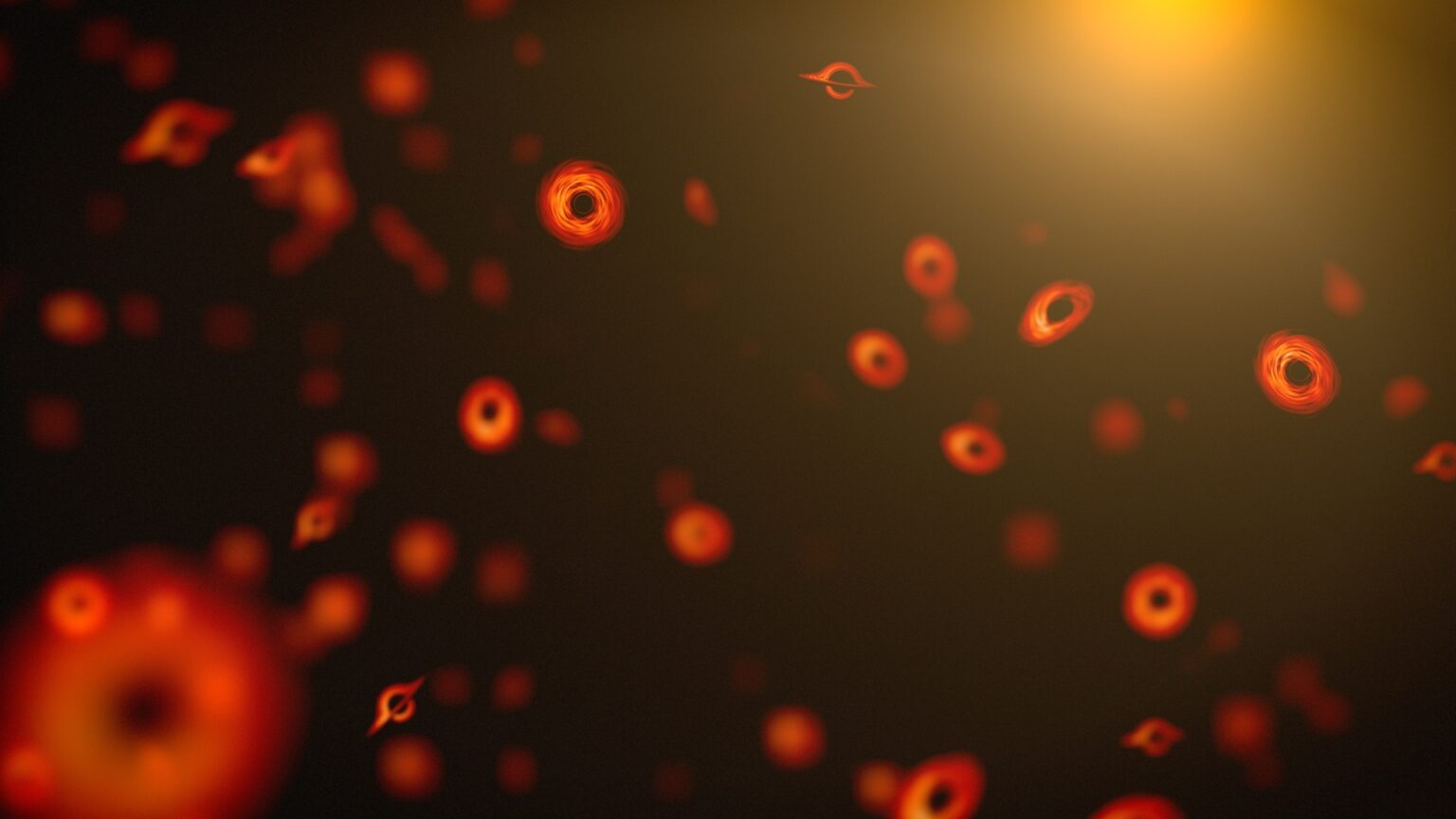Each week, TecMundo and #AstroMiniBR select some of the best astronomical curiosities produced by their collaborators. profile in x To share the extraordinary and fantastic universe of astronomy with you. Check it out below!
#1: Conjunction between the Moon and Jupiter
An astronomical conjunction is the apparent alignment of two or more celestial objects in the sky as viewed from Earth. This phenomenon occurs when these objects appear close together in the sky, even though they can be located at very different distances in space.
The occurrence of a conjunction is determined by the relative position of the celestial bodies and the perspective of the Earth observation point of view. Conjunctions can include planets, stars, moons, and even distant Solar System objects such as comets.. In terms of scale, conjunctions can range from simple apparent closeness to a “total approach” accompanied by occultation, which occurs, for example, when a planet passes behind the lunar disk.
One of the pictures above Notable example of astronomical conjunction between the Moon and Jupiter on the night of the 14th, when these two celestial bodies appear to be approaching each other in the sky. In fact, although the Moon and Jupiter are hundreds of millions of kilometers apart in space, their conjunction provides a fascinating skyscape for all astronomy enthusiasts, highlighting the beauty and complexity of celestial movements in the Solar System.
#2: The beauty of the Stephan Quintet!
The beautiful images you see below (in optical and infrared composition) Presenting the Stephan QuintetA peculiar group of galaxies located about 280 million light-years from Earth in the constellation Pegasus.
This intriguing galaxy cluster consists of four closely spaced members, cataloged as NGC 7317, NGC 7318a, NGC 7318b, and NGC 7319, and a more distant galaxy, NGC 7320. The four closest galaxies have significant gravitational interactions. It is characterized by filaments of gas and dust extending between them, resulting from the effects of gravitational forces.
But while NGC 7320 appears close to the group, thanks only to the perspective effect of Earth observation, it is actually significantly farther away.
This is one of the most famous and beloved galactic groupings by astronomers because, in addition to being beautiful, It offers a unique opportunity to study the dynamic interactions between galaxies and the consequences of these interactions on star formation and the evolution of these systems..
#3: Observing a sunspot “closely”!
What you see in the video above is incredible time out From observation of a sunspot recorded in February. Sunspots are temporary areas of relatively lower temperature on the Sun’s surface.caused by intense magnetic activity.
Although they seem small compared to the width of the Sun, sunspots are surprising in size: Some can be larger than the Earth. Some of these dark areas can be easily seen in observations using appropriate solar filters.
It is worth emphasizing that, Despite their impressive appearance, the formation of sunspots is not directly linked to an increase in temperature on the planet.. This is because the Earth’s temperature is determined mainly by global factors, not local solar activity.
Although solar activity can indirectly affect Earth’s climate on longer time scales, planetary temperature fluctuations are governed by a variety of complex factors, mainly governed by atmospheric processes and the greenhouse effect.
Did you like the content? So, always stay up to date with astronomical curiosities at TecMundo. See you soon!
Source: Tec Mundo
I’m Blaine Morgan, an experienced journalist and writer with over 8 years of experience in the tech industry. My expertise lies in writing about technology news and trends, covering everything from cutting-edge gadgets to emerging software developments. I’ve written for several leading publications including Gadget Onus where I am an author.













